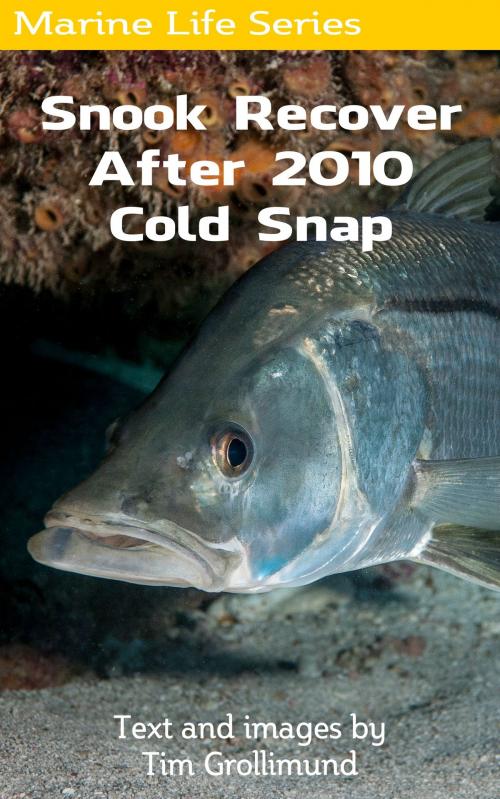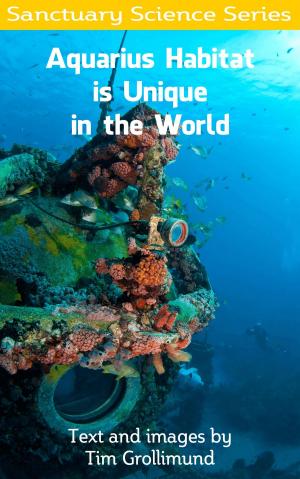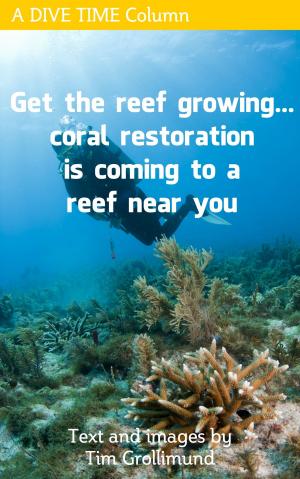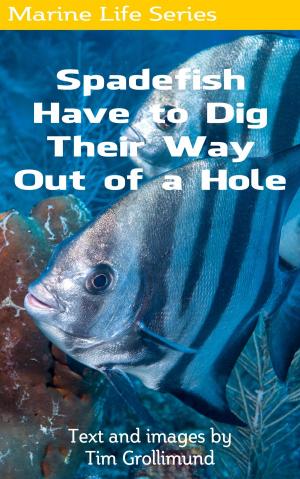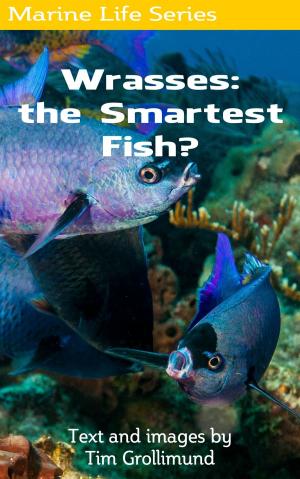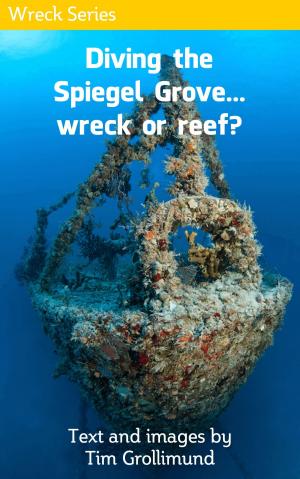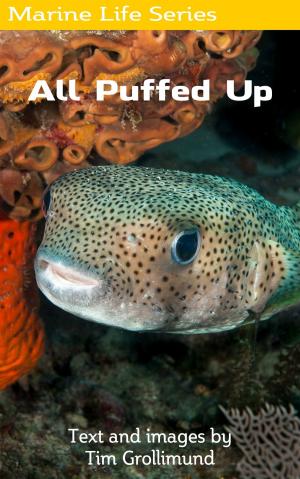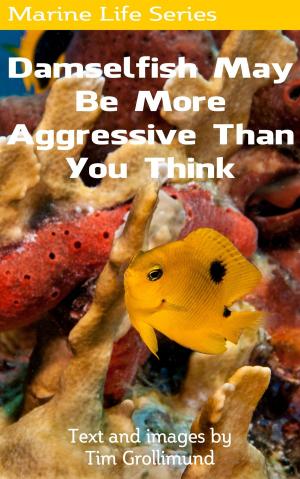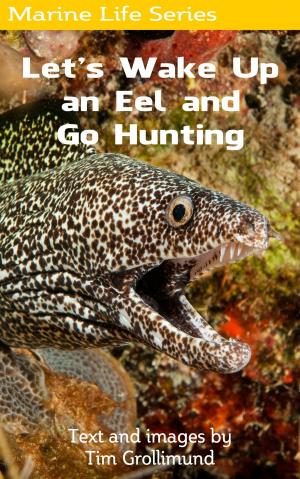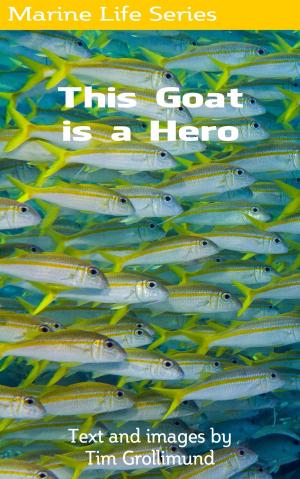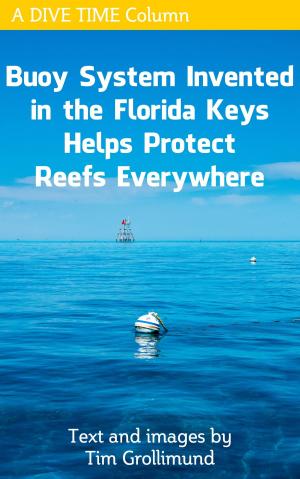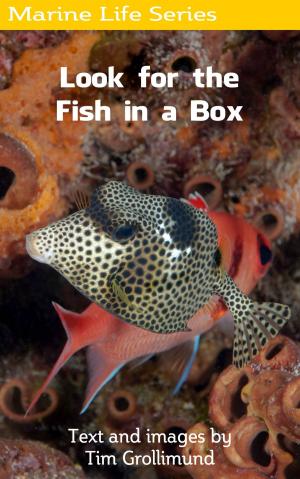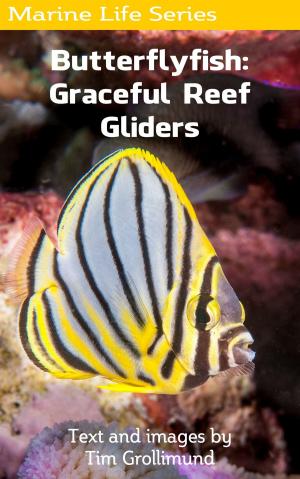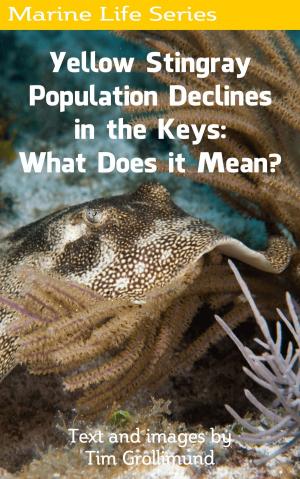Snook Recover After 2010 Cold Snap
Nonfiction, Sports, Water Sports, Scuba & Snorkeling, Science & Nature, Science, Biological Sciences, Marine Biology| Author: | Tim Grollimund | ISBN: | 9781370955121 |
| Publisher: | Tim Grollimund | Publication: | September 17, 2017 |
| Imprint: | Smashwords Edition | Language: | English |
| Author: | Tim Grollimund |
| ISBN: | 9781370955121 |
| Publisher: | Tim Grollimund |
| Publication: | September 17, 2017 |
| Imprint: | Smashwords Edition |
| Language: | English |
"An interesting aspect of the snook population is documented in the telemetry study from the FWC Fish and Wildlife Research Institute. They acoustically tagged 30 snook in the 9-square mile Banana River No-Take Reserve near Kennedy Space Center. This is one of the oldest no-take reserves in the country. They looked at the movement of snook within protected waters and beyond.
They examined the no-take reserve as a spatial approach to fisheries management, with the export of targeted species over time - spillover - as a primary component of the observation data assembled. They found that after a year and a half into the study, none of the larger fish that left (spilled over) returned to the reserve. One was found about 118 miles away by a fisherman, who returned the acoustic transmitter.
On the down side, they found that smaller individuals were less likely to migrate. This had a severe effect during the 2010 cold snap, as movements of tagged fish in the reserve stopped, suggesting they had not survived the cold.
According to the FWC web site, “The current investigation illustrates how such extreme events can severely deplete the population of a singular no-take reserve. To be effective as fisheries management tools, multiple no-take reserves may need to be spread throughout the range of the focal species.” All in all, snook demonstrate a great comeback for an iconic species with some protection in place, the positive effect of spillover from protection as a fishery management technique, and the importance of protecting diverse habitats to ensure the transition of juveniles to the adult population."
"An interesting aspect of the snook population is documented in the telemetry study from the FWC Fish and Wildlife Research Institute. They acoustically tagged 30 snook in the 9-square mile Banana River No-Take Reserve near Kennedy Space Center. This is one of the oldest no-take reserves in the country. They looked at the movement of snook within protected waters and beyond.
They examined the no-take reserve as a spatial approach to fisheries management, with the export of targeted species over time - spillover - as a primary component of the observation data assembled. They found that after a year and a half into the study, none of the larger fish that left (spilled over) returned to the reserve. One was found about 118 miles away by a fisherman, who returned the acoustic transmitter.
On the down side, they found that smaller individuals were less likely to migrate. This had a severe effect during the 2010 cold snap, as movements of tagged fish in the reserve stopped, suggesting they had not survived the cold.
According to the FWC web site, “The current investigation illustrates how such extreme events can severely deplete the population of a singular no-take reserve. To be effective as fisheries management tools, multiple no-take reserves may need to be spread throughout the range of the focal species.” All in all, snook demonstrate a great comeback for an iconic species with some protection in place, the positive effect of spillover from protection as a fishery management technique, and the importance of protecting diverse habitats to ensure the transition of juveniles to the adult population."
